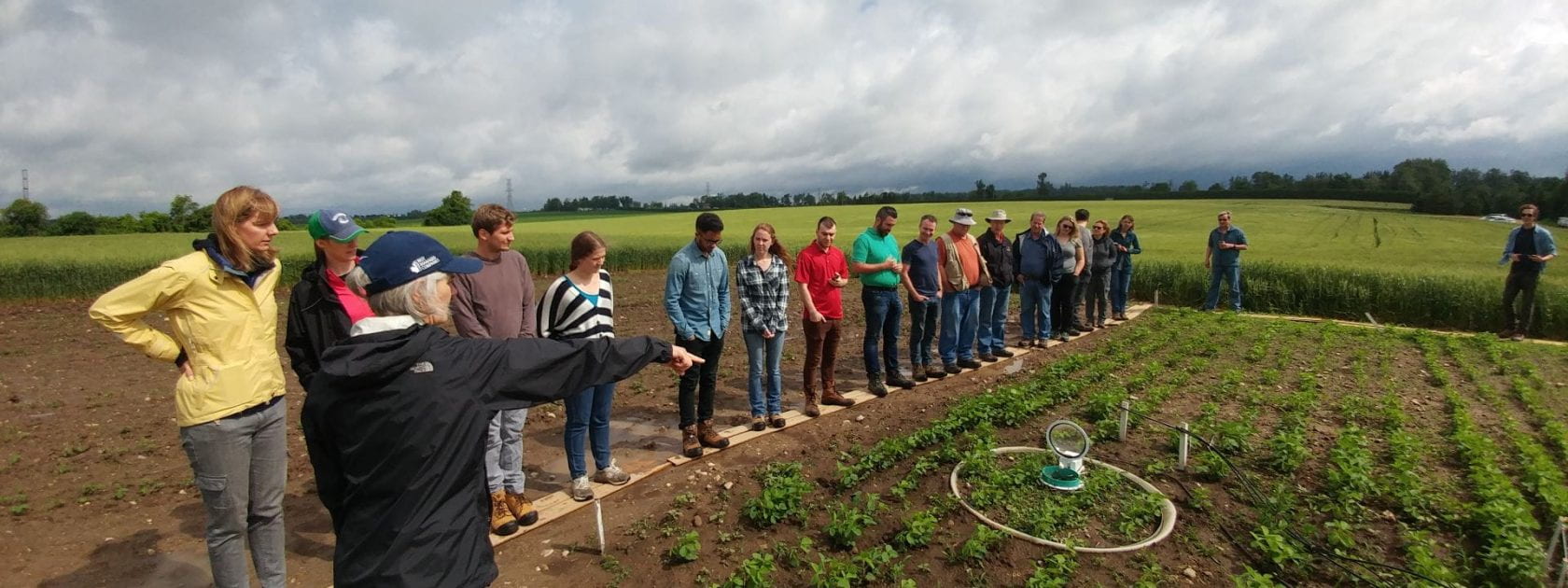“We hear a lot about carbon when people talk about energy and climate change, but nitrogen needs to be in the public consciousness too,” said Wagner-Riddle.

Carbon dioxide (CO2) loss through soil respiration in the non-growing season and nitrous oxide (N2O) emissions year-round are ‘invisible’ as there is no direct correlation with variables that are easily observable by farmers. Comprehensive monitoring of emissions at the on-farm level would provide a means of making the ‘invisible’ visible if data could be collected in real-time.
In May 2024, an on-farm trial with side-by-side fields receiving conventional practices vs. a co-developed improved practices package was set up at a commercial dairy farm, in Fergus, Ontario.

The main objectives of this study are to
(1) derive on-farm net greenhouse gas (GHG) emission datasets for the overall on-farm emission assessment and carbon footprint analysis in Canada;
(2) understand how scientific results on emission reductions can be better communicated to farmers;
(3) to make the ‘invisible’ visible leading to improved understanding by farmers of emissions, the factors that affect them, and the scientific process in determining emission reductions.
The experimental area is being managed in two different phases of a 9-year crop rotation, with half under corn (2024) – soybean (2025) – alfalfa (2026 – 2027), and half in continuous alfalfa in the 4-year experimental period. N2O and CO2 emissions from two management systems are continuously measured using a micrometeorological method. The emission measurements are real-time and operate year-round. Supporting data on ammonia volatilization, soil inorganic Nitrogen (N) content, soil Carbon, and agronomic N use efficiency for fertilizer applied to corn, crop yield, and weather conditions are also collected over the study period.



